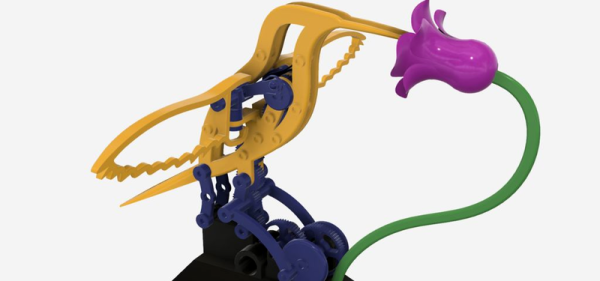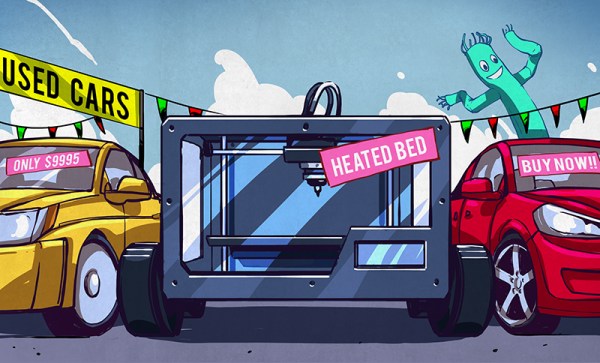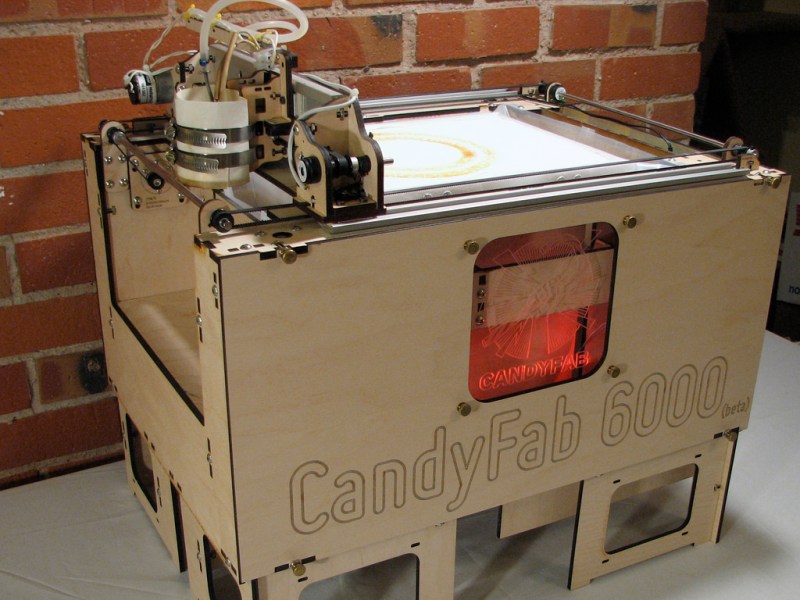Long before the concept of A.I., as we know it today existed, humans started building machines that seemed to move and even think by a will of their own. For decades we have been building automatons, self-operating machines, designed to resemble humans and animals. Causing the designer to break down human and animal movements, behaviors, and even speech (by way of bellows and air tubes) into predetermined sequential actions.
[Greg Zumwalt] created what he calls a hummingbird themed automaton inspired by his wife’s love of watching hummingbirds gather near their home. His 3D printed and assembled hummingbird automaton moves almost as fluid as its organic counterpart. The design is simple yet created from an impressive number of 97 printed parts printed from 38 unique designs which he includes in his Instructable. Other than meticulous assembly design, the fluid motion lends itself to a process of test fitting, trimming, and sanding all printed parts. Plus adding petroleum jelly as lubrication to the build’s moving parts. Along with the print files, [Greg Zumwalt] also gives you the print settings needed to recreate this precision build and a parts list accounting for all the multiple prints needed for each design. Continue reading “Let’s Bring Back The Age Of Automatons”
















